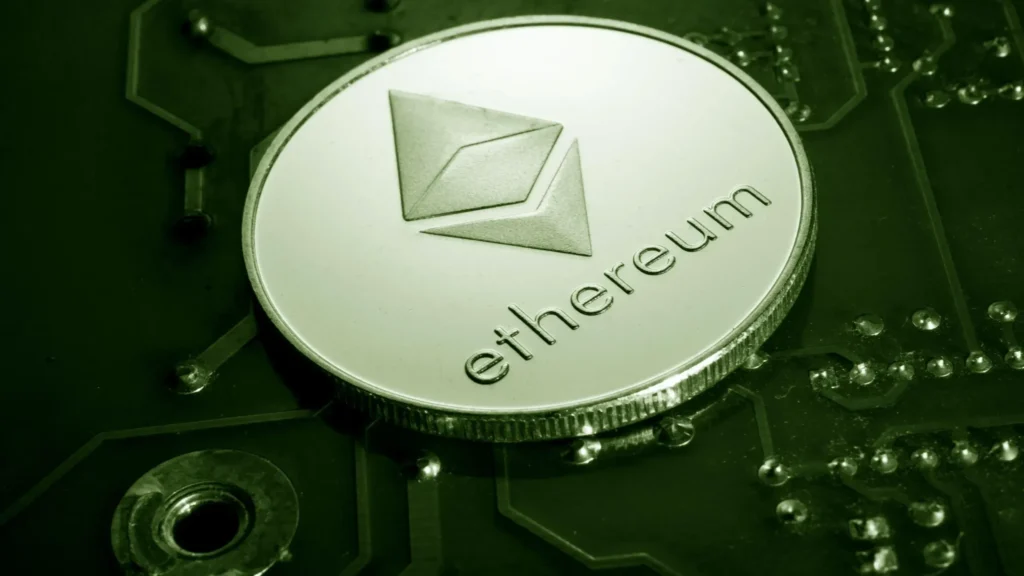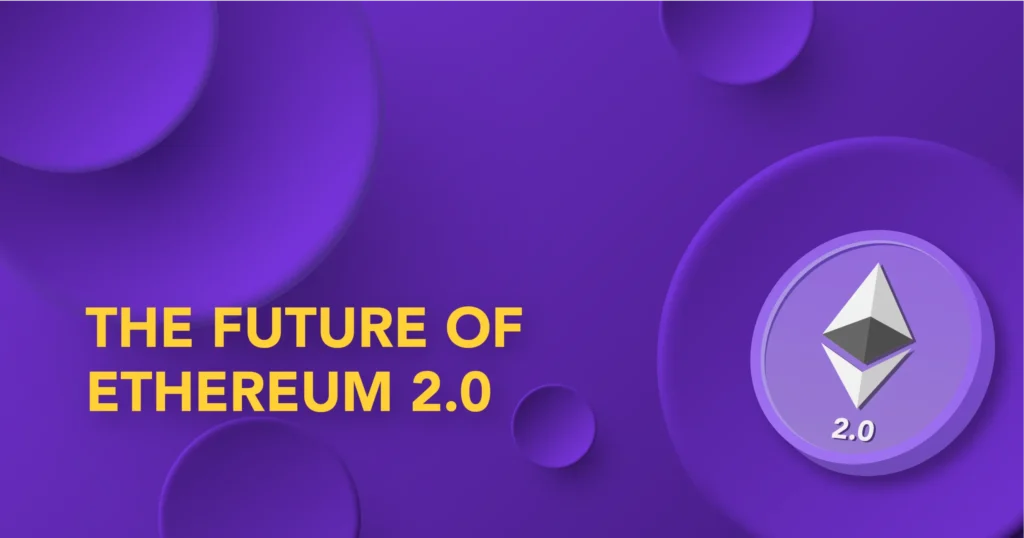Ethereum’s Future is a hot topic following the highly anticipated Merge. The Ethereum Merge marks a monumental shift for the blockchain network, moving from Proof of Work (PoW) to Proof of Stake (PoS). This upgrade not only reduces energy consumption but also aims to make Ethereum more secure, scalable, and sustainable. But what does this mean for Ethereum’s Future and the broader cryptocurrency space? In this article, we’ll explore five major areas that are likely to shape Ethereum’s Future post-Merge.
1. Enhanced Security and Decentralization
One of the primary goals of the Merge is to improve Ethereum’s Future in terms of security and decentralization. By adopting PoS, Ethereum reduces the risks associated with PoW mining, such as centralization of mining power and high energy costs.
- Decentralized Staking: In PoS, users contribute to network security by staking ETH instead of solving complex algorithms. This shift could lead to increased decentralization, as more participants can afford to stake ETH without requiring expensive hardware.
- Lower Barriers for Validators: With PoW, large mining pools held significant influence. PoS allows individuals with as little as 32 ETH to become validators, spreading power more evenly.
These changes are set to redefine Ethereum’s Future by making the network more inclusive and robust against attacks.
2. Scalability Improvements
A key aspect of Ethereum’s Future is scalability. The network has faced significant congestion and high gas fees, which have been barriers for widespread adoption. After the Merge, Ethereum can better handle higher transaction volumes.
- Sharding Possibilities: Future upgrades, including sharding, will distribute the network load across multiple chains. Sharding is expected to roll out in subsequent phases and could drastically increase Ethereum’s processing capabilities.
- Lower Gas Fees: While the Merge alone does not lower gas fees, it sets the foundation for upcoming upgrades. As Ethereum scales, gas fees are anticipated to reduce, making the platform more accessible.
By enhancing scalability, Ethereum’s Future becomes more promising for decentralized finance (DeFi), non-fungible tokens (NFTs), and other blockchain applications.
3. Environmental Sustainability
Ethereum’s Future also looks brighter from an environmental perspective. Transitioning to PoS drastically reduces the energy consumption associated with validating transactions on the network.
- Energy Efficiency: PoW requires vast computational power, which consumes large amounts of electricity. PoS, on the other hand, is far more energy-efficient, reportedly reducing Ethereum’s energy consumption by 99.95%.
- Sustainable Growth: With a more eco-friendly approach, Ethereum can attract developers, investors, and companies looking to adopt sustainable technologies. This could give Ethereum a competitive advantage over PoW-based cryptocurrencies.
Environmental concerns are increasingly influencing investor and developer choices, making sustainability a key component of Ethereum’s Future.
4. Ethereum’s Impact on DeFi and dApps
With its enhanced capabilities post-Merge, Ethereum’s Future is closely tied to the expansion of decentralized finance (DeFi) and decentralized applications (dApps). The new upgrades could help Ethereum maintain its position as the leading platform for DeFi innovations.
- Greater Stability for DeFi Protocols: By reducing energy requirements and enhancing security, Ethereum provides a more stable environment for DeFi protocols, which rely on the blockchain’s stability.
- Growing Ecosystem: Ethereum’s dApp ecosystem, which includes popular protocols like Uniswap and Aave, is set to expand as the network becomes more scalable and secure.
DeFi and dApps are expected to play a significant role in Ethereum’s Future, positioning it as a foundation for Web3 and decentralized internet applications.
5. ETH as a Deflationary Asset
A compelling factor in Ethereum’s Future is its potential to become a deflationary asset. With the EIP-1559 upgrade and the transition to PoS, ETH’s supply dynamics are shifting in favor of scarcity.
- Reduced Issuance of New ETH: The switch to PoS means fewer ETH are issued as rewards, creating a scarcity effect that could drive up its value over time.
- Burn Mechanism: EIP-1559 introduced a mechanism that burns a portion of transaction fees, permanently removing ETH from circulation. As Ethereum’s usage grows, this could lead to an increase in the burn rate, making ETH deflationary.
This deflationary model could influence Ethereum’s Future by making ETH an attractive investment, particularly for those seeking a hedge against inflation.
Conclusion
The Ethereum Merge is not just a technical upgrade; it’s a significant turning point that sets the stage for Ethereum’s Future as a secure, scalable, and sustainable blockchain. As Ethereum moves toward further upgrades, such as sharding and continued PoS enhancements, its future potential only grows. For investors, developers, and users, Ethereum’s Future holds immense promise in reshaping the digital economy and accelerating the adoption of decentralized technologies.




